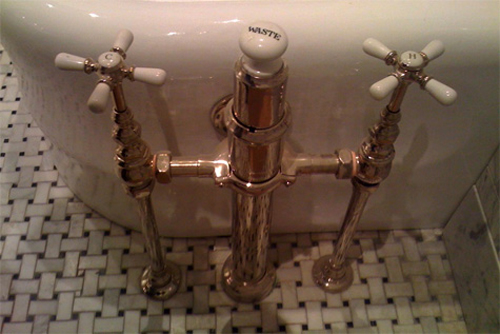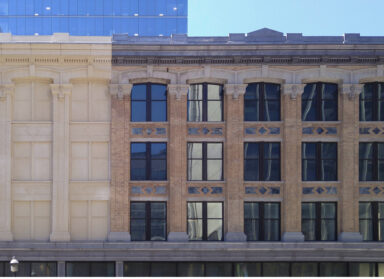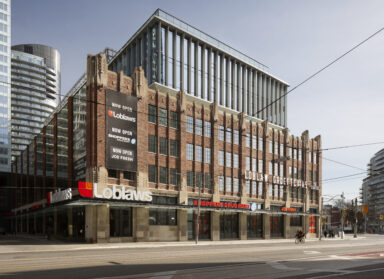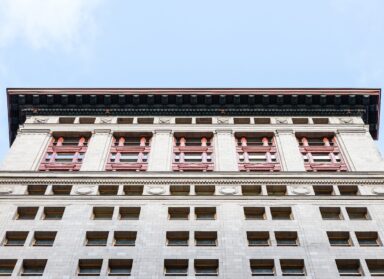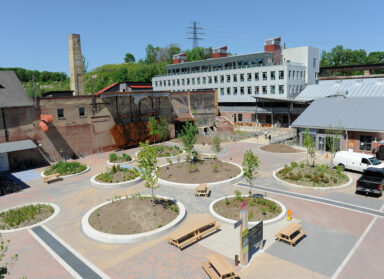Scott’s “standing waste” and corner tub restoration is now completed and functional. The project started with Scott separately purchasing a ca 1910 salvaged standing waste assembly and a glazed cast iron corner tub for installation into his house. The tub finish was damaged and needed to be reglazed. The standing waste needed a complete overhaul, including new nickel plating, replacement of the valve seats, fashioning new parts to fit it the salvaged element with the tub and installation into a new location.
Standing waste and drain tub valves (or Bi-transit drains) were common around the turn of the century. The free standing pipes include a manifold yoke at the centre which directs water from the hot and cold water pipes into the tub through a bell shaped spout mounted on the tub wall. The central post labeled waste contains the overflow, a pipe within a pipe connected to the tub drain – when the waste post is down, the two pipes form a seal at the bottom. Water fills the outer pipe as the tub fills, and overflows through holes punched into the inner pipe leading to the drain. When the waste post is lifted then the two pipes separate at the bottom and the tub is allowed to empty.
Corner tubs were available with the sloped portion (to fit your back) located against the wall requiring a standing waste, or with feet to the wall which required simpler taps mounted on the wall. Corner tubs became less common with the rise in popularity of the shower.
